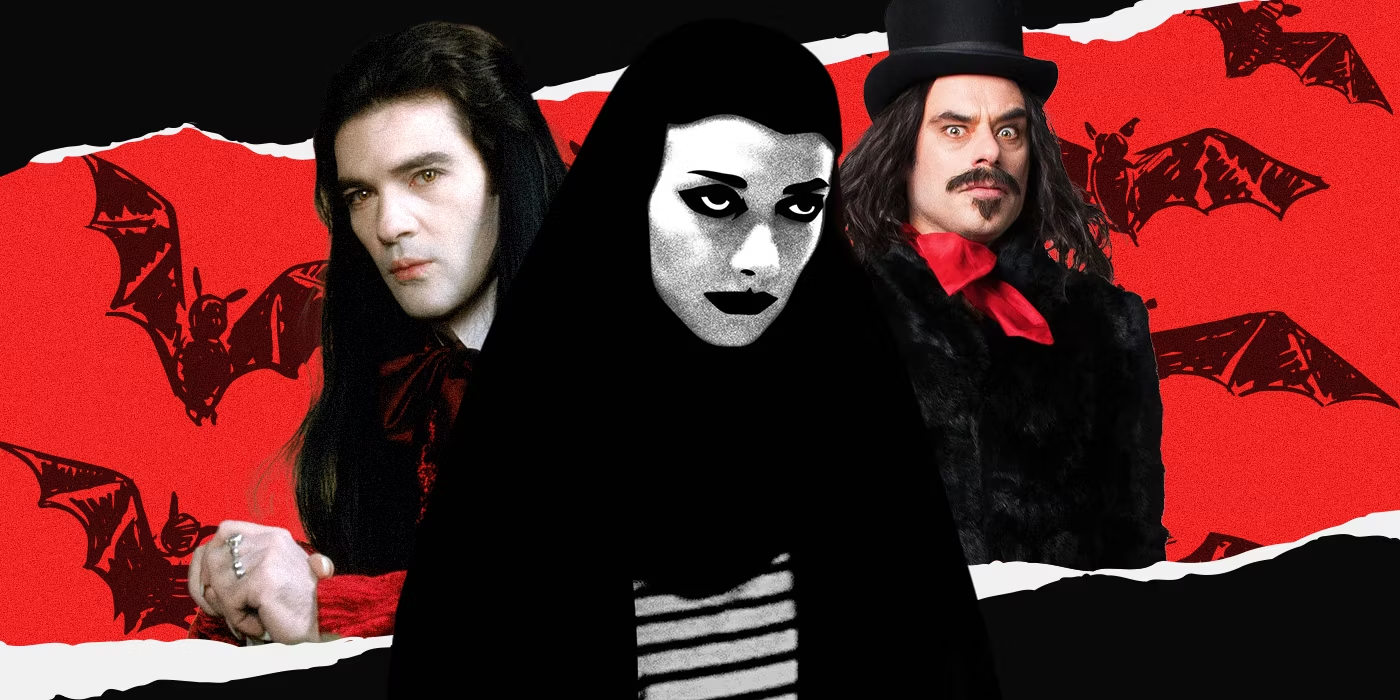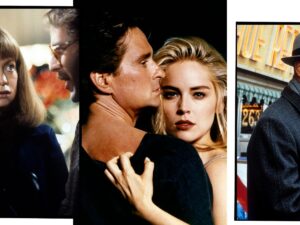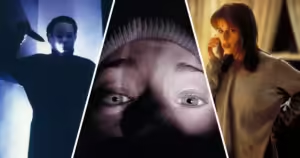
Vampire movies have enthralled audiences for over a century, evolving from eerie horror tales to complex narratives that explore human fears, desires, and existential questions. These films offer a window into the supernatural while reflecting societal changes and anxieties. This article delves into the history, themes, and cultural impact of vampire movies, highlighting key films and their contributions to the genre.
Early Beginnings: Silent Era to Universal Monsters
The vampire genre began its cinematic journey in the silent film era, with “Nosferatu” (1922) by F.W. Murnau. This unauthorized adaptation of Bram Stoker’s “Dracula” introduced Count Orlok, a nightmarish figure that set the standard for cinematic vampires. The film’s use of shadow and light, along with its eerie score, created a lasting impression of the vampire as a creature of terror.
Universal Pictures solidified the vampire’s place in horror cinema with “Dracula” (1931), starring Bela Lugosi. Lugosi’s portrayal of the suave, yet menacing Count Dracula became iconic, influencing countless adaptations. The success of “Dracula” established a formula for vampire films: a charismatic but dangerous protagonist, a dark and mysterious atmosphere, and an underlying theme of forbidden desire.
Mid-20th Century: Hammer Horror and Beyond
The mid-20th century saw a revival of vampire films, thanks to Hammer Film Productions. Hammer’s “Dracula” (1958), starring Christopher Lee, brought a new level of sensuality and violence to the genre. Lee’s imposing presence and the film’s vibrant color palette distinguished it from its predecessors. This period also explored the vampire’s connection to sexuality and the taboo, making these films both alluring and controversial.
In parallel, international cinema began to experiment with the vampire mythos. Films like “Black Sunday” (1960) from Italy and “Kuroneko” (1968) from Japan introduced cultural variations of the vampire, enriching the genre with diverse narratives and aesthetics.
Late 20th Century: Modern Interpretations and Subversions
The late 20th century marked a period of innovation and subversion in vampire cinema. “The Hunger” (1983) by Tony Scott blended horror with a stylish, almost surreal visual approach, featuring a love triangle between immortal beings. Meanwhile, “Fright Night” (1985) and “The Lost Boys” (1987) injected humor and contemporary youth culture into the genre, making vampires accessible to a new generation.
Francis Ford Coppola’s “Bram Stoker’s Dracula” (1992) revisited the classic tale with lavish production design and a focus on the romantic tragedy of the vampire. This period also saw the rise of the sympathetic vampire, as seen in Neil Jordan’s “Interview with the Vampire” (1994). Adapted from Anne Rice’s novel, the film explored the existential angst and moral dilemmas of immortal beings, adding depth to the genre.
21st Century: Twilight and the Vampire Renaissance
The 21st century witnessed a renaissance in vampire films, spurred by the massive success of the “Twilight” saga (2008-2012). These films, based on Stephenie Meyer’s novels, introduced a new archetype: the brooding, misunderstood vampire as a romantic hero. While “Twilight” polarized audiences, it undeniably reinvigorated interest in vampire stories, particularly among younger viewers.
Simultaneously, films like “Let the Right One In” (2008) from Sweden and “Thirst” (2009) from South Korea offered fresh, innovative takes on the genre. These movies delved into the psychological and emotional complexities of their characters, pushing the boundaries of traditional vampire narratives.
Themes and Cultural Impact
Vampire movies have always been more than just horror; they are a reflection of societal fears and desires. The vampire’s immortality and need for blood serve as metaphors for issues such as addiction, disease, and the fear of death. Additionally, the vampire’s predatory nature often mirrors anxieties about sexuality and power dynamics.
The genre’s ability to adapt to changing cultural landscapes has ensured its longevity. From the gothic horror of the early 20th century to the romantic fantasies of today, vampire films continue to captivate audiences by evolving with the times while retaining their core allure.
Conclusion
Vampire movies, with their rich history and diverse interpretations, remain a vital part of cinematic storytelling. They offer a unique blend of horror, romance, and existential contemplation, making them endlessly fascinating. As society continues to evolve, so too will the vampire film, ensuring that these nocturnal creatures remain in the limelight, ready to captivate new generations of viewers.





